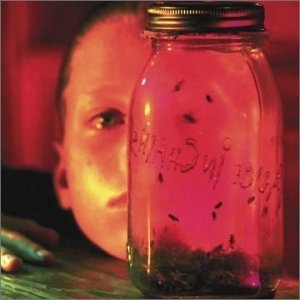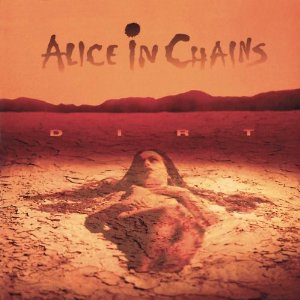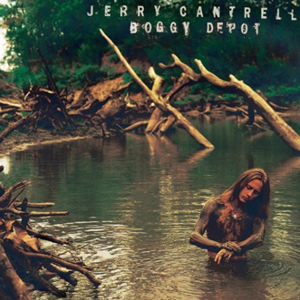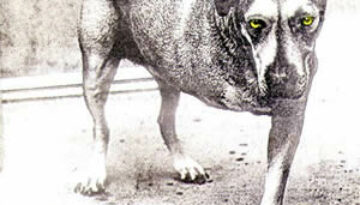Jar of Flies by Alice In Chains
Buy Jar of Flies One of the biggest debates about Jar of Flies by Alice In Chains is how exactly to refer to it. Wikipedia refers to it as “the first EP in […]

Buy Jar of Flies One of the biggest debates about Jar of Flies by Alice In Chains is how exactly to refer to it. Wikipedia refers to it as “the first EP in […]

Buy Facelift Alice In Chains released an impressive debut album in 1990 with Facelift. Some have given this record the distinction of being the first “grunge” record to be certified platinum, although we […]

Buy Dirt The band which practically invented the genre of dark alternative metal, Alice In Chains bridged the gap between the “traditional” heavy metal and the new, alternative inspired “fusion” metals which began […]

Buy Boggy Depot After over a decade in Alice in Chains, guitarist Jerry Cantrell set out to forge his debut solo record in 1998 with Boggy Depot. This was done more out of […]

Buy Alice In Chains Alice in Chains took a whole bunch of personal turmoil and spun it into a fine album with their 1995 self-titled release. Informally referred to as “The Dog Record”, […]